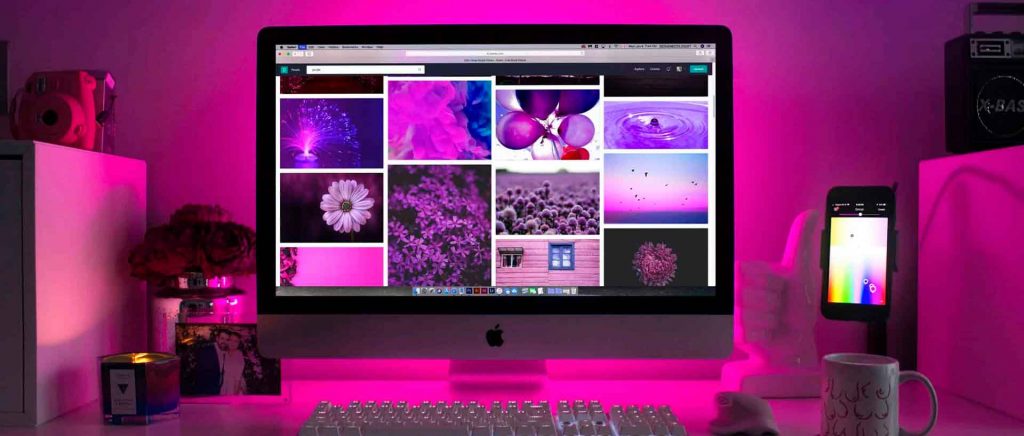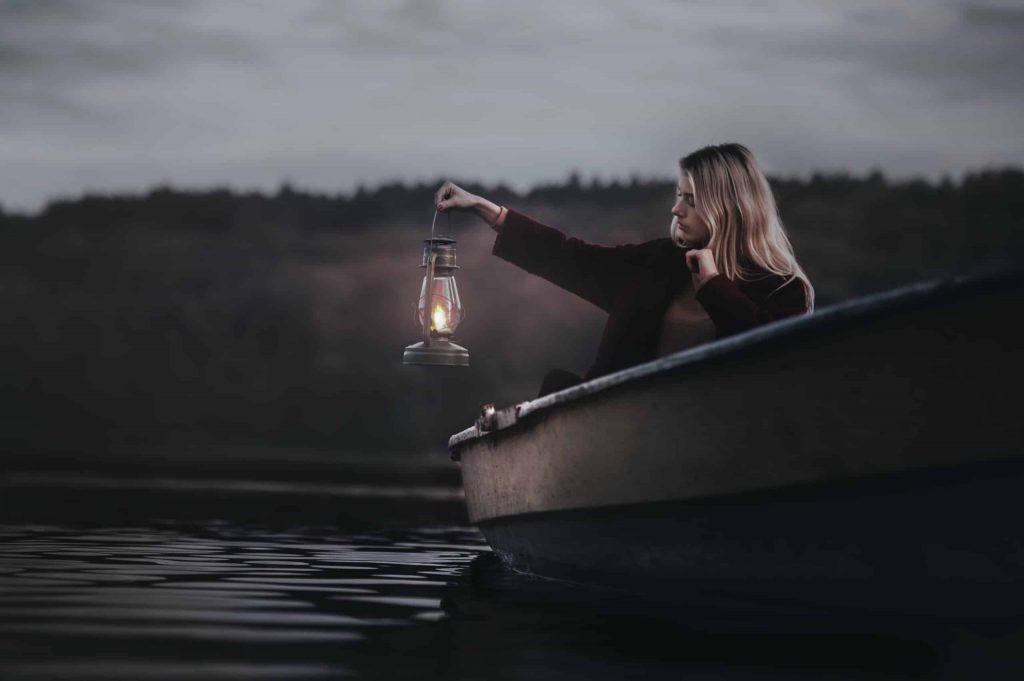In color psychology, studies have shown that humans associate colors with certain qualities and feelings.
Colors convey emotions, ideas and values to the viewer.
And that is precisely what is sought after in photography, visual arts and marketing, it is what is expected from color.
But different colors produce different effects, often opposite emotions.
This is because a color never acts independently, it will always be surrounded by other colors that complement it, giving rise to different emotions depending on the situation and context.
That is, the same color will certainly have a completely different effect when combined with another heat.
In addition, the same feeling can be produced by different colors, only at different scales. In the following section we will name those in which each is most dominant.
And the context in which the color is found will be the factor that most determines the transmission of one or another feeling, idea or emotion in the viewer.
With this in mind, let’s see below, according to color psychology, what each color conveys and learn how to use them in marketing, film or other visual arts, to express to the viewer what you want in the best possible way.
Feelings and meanings of colors
A large part of the success of the visual arts, in addition to creativity, is the knowledge learned and its correct application.
Those who know the psychology of colors and their expressions have a great advantage over other artists or companies.
Note: The results that we will see below are data provided by psychology (Heller, E. (2004). Color psychology: how colors act on feelings and reason. Editorial GG) are the result of surveys of European citizens. They might be interpreted differently in other cultures.
However, as a general rule, a color will generate more sensation of closeness if it is warm, and more remoteness if it is cold.
It will also depend on the position at which the color is located, regardless of whether it is warm or cool in nature.
The farther away it is from the point of view, the more bluish it will appear and, therefore, the colder and farther away.
In the same way that fire only warms you if you are close to it, red only transmits warmth if you perceive it close to you.
Blue

It is the coldest and is a primary color, which means that it is not the result of mixing any color, it is pure.
According to the psychology of the color blue, it is the only color associated only with positive feelings, specifically those that are usually demonstrated with the passage of time.
Sentiments conveyed: Sympathy, harmony, fidelity, friendship, trust, greatness, intelligence,
Ideas expressed: Color of the eternal, the divine, the distant, fantasy, science, sportsmanship, independence, peacefulness, introvertedness.
Emotions it generates: Happiness, joy
Red

It is the color of passions, of love, and if combined with black, of hate. The psychology of the color red is interpreted in the following ways:
Feelings conveyed: Danger, passion, aggressiveness, hatred, love
Ideas it expresses: Of royalty, communism, dominance, urgency.
Emotions it generates: Joy, anger, fear.
Pink
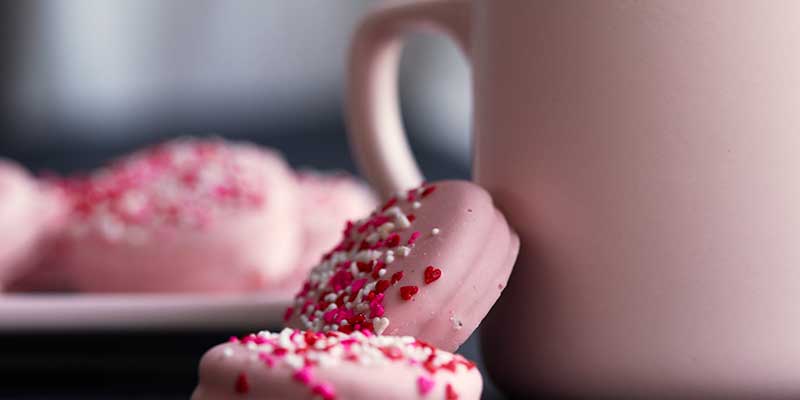
In recent years, the color pink has become increasingly popular and has been used in various contexts. But, in the psychology of the color pink, what is behind this enigmatic shade?
Feelings it conveys: Sweetness, calm, love, serenity.
Ideas expressed: Femininity, romance, childlike, powerful.
Emotions it generates: Joy, relief, satisfaction.
Gray

Let us now explore the psychology of the color gray, this undervalued color:
Feelings it conveys: Loneliness, sincerity, boredom, despair.
Ideas expressed: Neutrality, impartiality, wisdom, knowledge.
Emotions it generates:Sadness, depression, calm, despair.
Green

Themeaning of the color green is very varied and depending on the context it can have a positive or negative connotation. The most common, according to color psychology, are the following:
Feelings it conveys: Envy, jealousy, greed
Ideas expressed: Color of earthiness, nature, growth, fertility, new beginnings, wealth, abundance.
Emotions it generates: Tranquility, satisfaction and relief.
Yellow
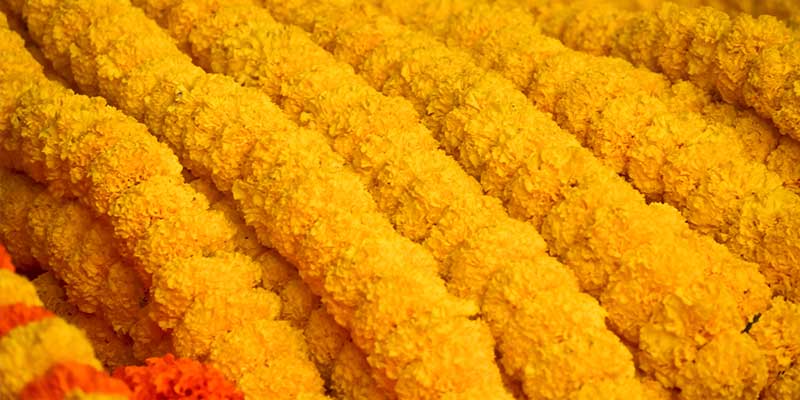
According to the psychology of the color yellow what does the color yellow really evoke?
Feelings it conveys: Optimism, caution, agitation, warmth.
Ideas expressed: Illness, death, dawn, cowardice.
Emotions it generates: Happiness, energy, fear, anxiety, frustration.
White
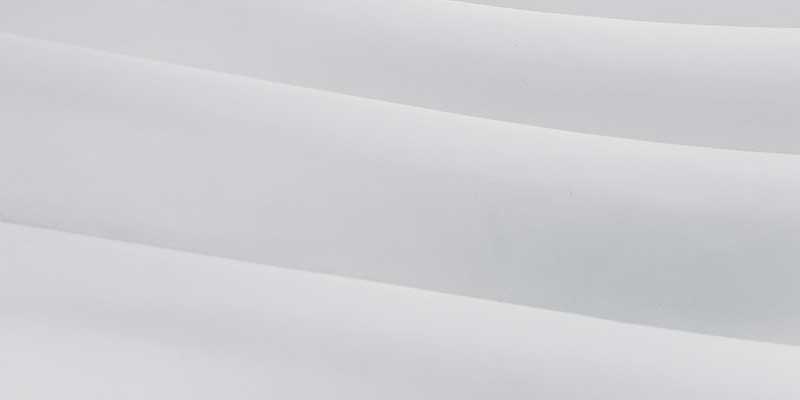
This pure color represents quite a few things and it’s up to you how you use it, but what are the meanings of the color white really?
Feelings it conveys: Coldness, purity, loneliness, hope.
Ideas expressed: New beginnings, innocence, cleanliness, authority and honesty.
Emotions it generates: Calm, tranquility.
Brown

Brown is a color that is often overlooked, as it is not as striking as other colors, but it really has its own many qualities. Let’s see what the psychology of the color brown tells us:
Sentiments it conveys: Modesty, simplicity, seriousness
Ideas expressed: Hardiness, fertility, nature, earth, stability, reliability and trust.
Emotions it generates: Sadness, depression, calm, comfort.
Violet, purple or purple

Do you know the meaning of the color purple? Let’s list what the psychological studies tell us:
Feelings it conveys: Creativity, imagination, mystery.
Ideas it expresses: Luxury, wealth, royalty, wisdom, spirituality, etc.
Emotions it generates: Sadness, pity, calmness, connection.
Orange

Have you ever wondered what the psychology of the color orange says? Or what kind of feelings does it evoke? Let’s talk about these associations:
Feelings it conveys: Success, kindness, positivity, productivity.
Ideas expressed: Achievement, self-expression, communication.
Emotions it generates: Happiness, joy, confidence, self-esteem.
Gold
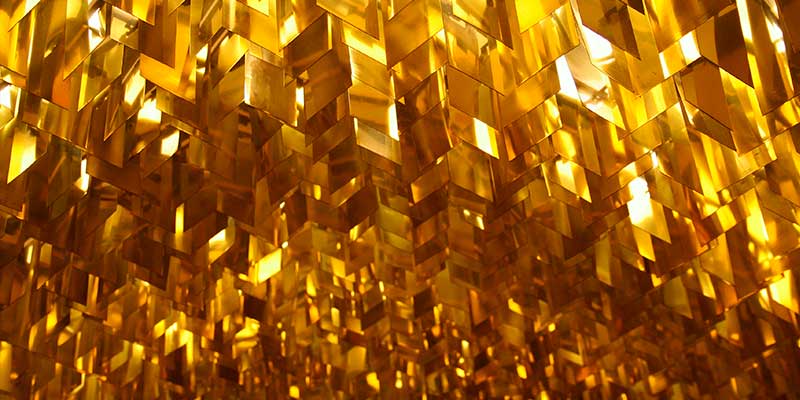
Used in many areas due to its many positive associations. But what exactly is the meaning of the color gold?
Sentiments it conveys: Prosperity, victory, opulence, well-being.
Ideas expressed: Wealth, success, luxury, materialism, knowledge.
Emotions it generates: Selfishness, greed, happiness, warmth, calmness.
Silver
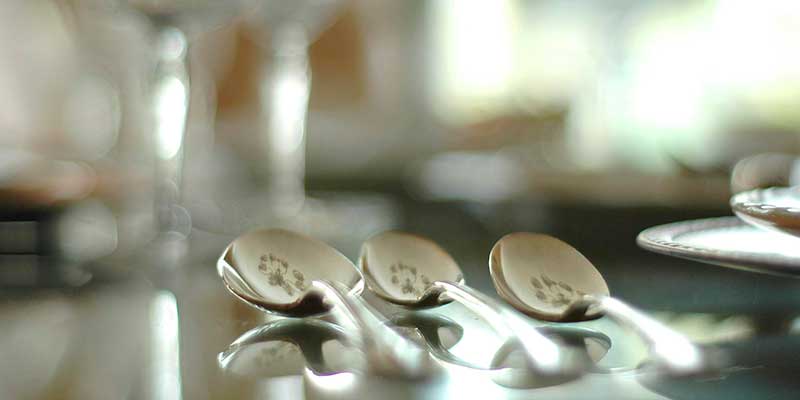
From what we’ve seen, this color doesn’t seem to get all the love it deserves. Often overshadowed by its more popular cousins, such as gold and bronze, it goes largely unnoticed.
So, according to our findings, let’s see what the psychology of the color silver says.
Feelings it conveys: Coldness, mystery, purity, relaxation, compassion.
Ideas expressed: Elegance, sophistication, luxury, quality, realism.
Emotions it generates: Sadness, calm, intrigue.
Indigo

If you’ve ever wondered what the color indigo represents, don’t worry, you’re not alone. Let’s take a quick look at what the psychology of the color indigotells us. Take note!
Feelings it conveys: Melancholy, loyalty, honesty, understanding.
Ideas expressed: Contemplation, introspection, wisdom, magic and the supernatural.
Emotions it generates: Sadness, relaxation, motivation.
Lilac

This color has numerous emotions and feelings associated with it. So what does the psychology of the color lilac really say about it. We tell you:
Feelings it conveys: Intuition, success, serenity.
Ideas expressed: Renewal, spring, femininity, bad luck and fortune.
Emotions it generates: Energy, motivation, alertness.
Lavender
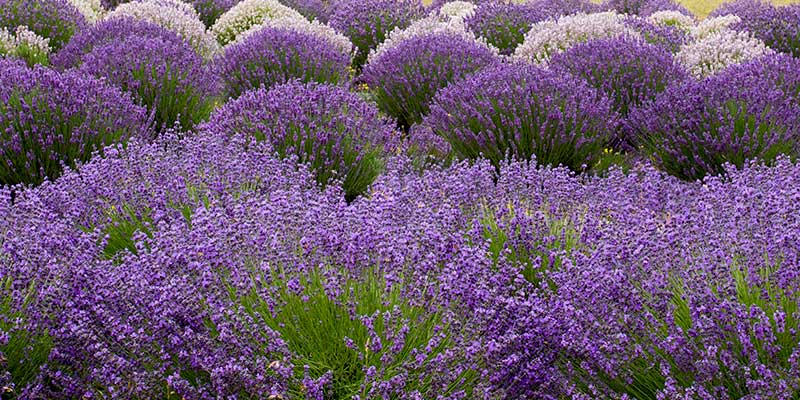
Used throughout history for its calming properties, what is it about it that makes people feel so at ease? Let’s now talk about the psychology of the color lavender, the feelings, ideas and emotions it produces.
Feelings it conveys: Freshness, clarity, confidence.
Ideas expressed: Elegance, magic, lightness, spring, professionalism.
Emotions it generates: Calmness, positivity and happiness.
Mauve
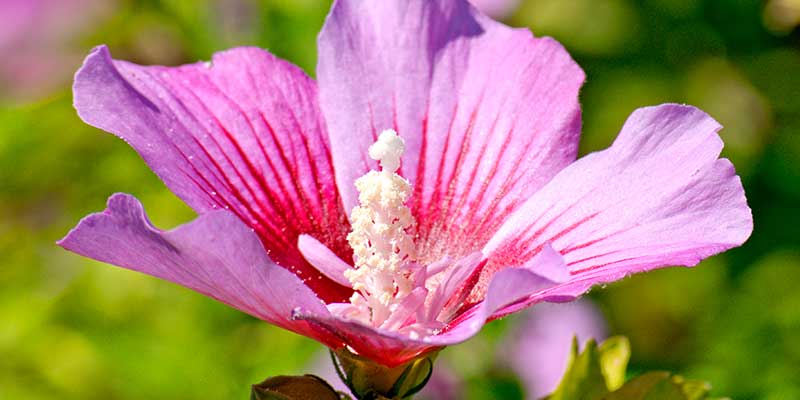
You’re probably wondering why this color is so rare, and if indeed the psychology of the color mauve has something to say. And yes, it has some and they are quite interesting. Find out about them!
Feelings it conveys: Seduction, melancholy, relaxation.
Ideas expressed: Royalty, luxury, mysterious, romantic, youthful.
Emotions it generates: Sadness and calmness.
Turquoise

Among the colors according to psychology, turquoise has been known for centuries, and has many meanings and associations. So, what is the meaning of the color turquoise?
Feelings it conveys: Creativity, well-being, concentration.
Ideas expressed: The mysterious, mental clarity, healing.
Emotions it generates: Relaxation and joy.
Magenta
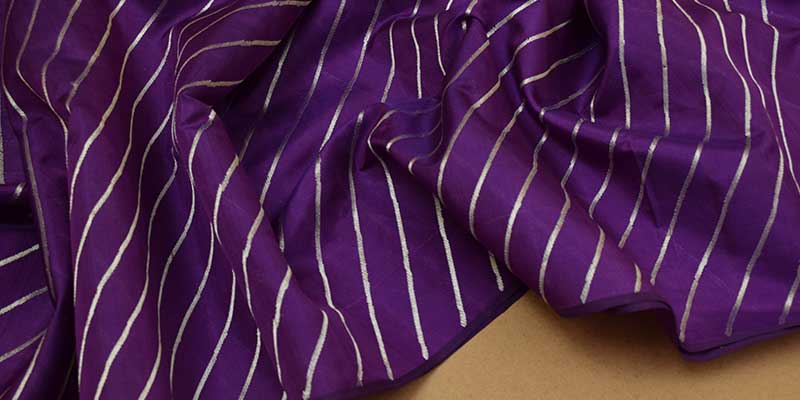
We explore the psychology of magenta below, so if you want to add a touch of this color to your next project, or just want to learn more about its characteristics, read on.
Feelings it conveys: Intrigue, bravery, compassion, playfulness.
Ideas expressed: Spirituality, transcendence, mystery.
Emotions it generates: Happiness, excitement, calm, fun.
Light Blue

The favorite color of many, the meaning of the light blue color brings us much in our day to day and many do not know it. Specifically, the following:
Feelings it conveys: Peace, hope, fun.
Ideas expressed: Spaciousness, cleanliness, freshness.
Emotions it generates: Tranquility, optimism, relaxation, confidence.
Fuchsia

In the colors of psychology, this is one of those that usually generates more doubts because of its resemblance to the color pink. Let’s see what is the meaning of the color fuchsia, this bright and vibrant shade.
Feelings it conveys: Adventure, passion, intrigue, creativity.
Ideas expressed: Romance, mystery, healing, prosperity.
Emotions it generates: Confidence, curiosity, vitality, happiness.
Cyan
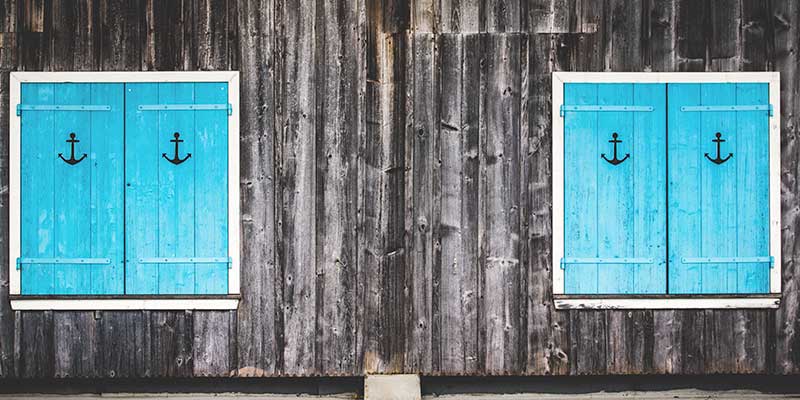
Stay tuned now, because we have also analyzed the psychology of the color cyan and discovered quite a few interesting things:
Feelings it conveys: Positivity, serenity, creativity.
Ideas expressed: Mental balance, good luck, fortune.
Emotions it generates: Happiness, calm, relaxation, joy.
Salmon
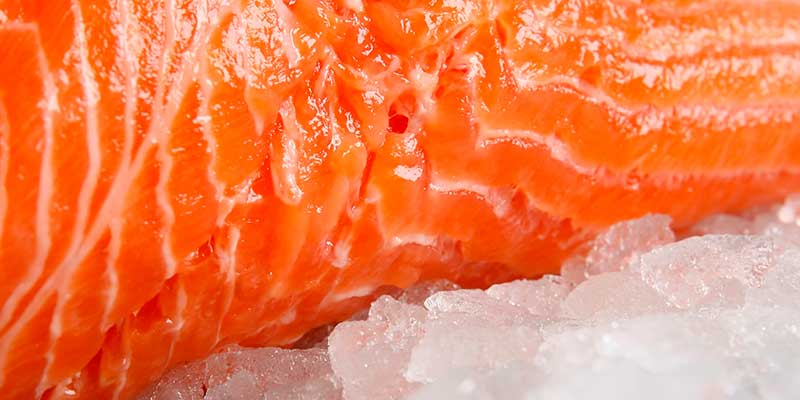
Have you ever wondered the interpretation of the color salmon according to psychology? There are multiple uses you can give it in your daily life, both in marketing and decoration. Let’s see what we have discovered about this captivating shade.
Feelings it conveys: Love, security, concentration and productivity.
Ideas expressed: Femininity, romance and the present.
Emotions it generates: Happiness, passion, warmth and relaxation.
Mustard
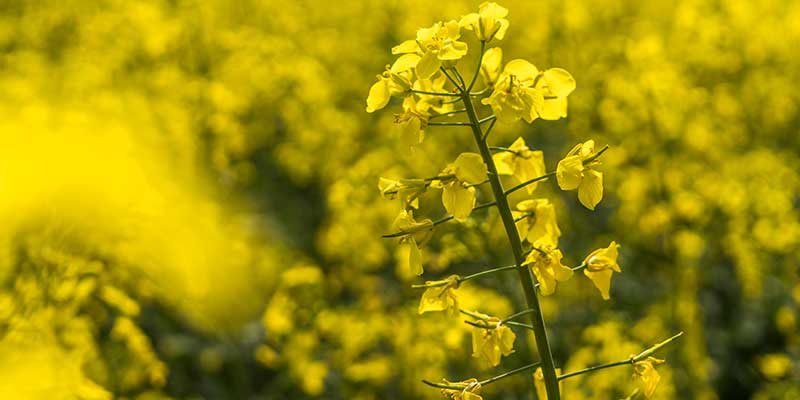
If you’ve ever eaten at a Thai restaurant, you probably know the taste of spicy curry. A dish made by several ingredients, including mustard. But do you know what the psychology of the color mustard says. If the answer is no, relax and enjoy.
Feelings it conveys: Comfort, protection, envy, jealousy.
Ideas expressed: Healing, good fortune, home, family.
Emotions it generates: Happiness, tranquility, excitement, positivity, illusion.
Beige
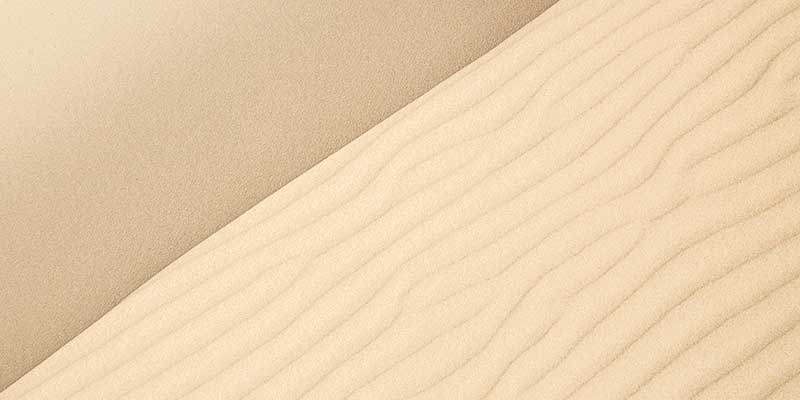
When most people think of the meaning of the color beige, they usually don’t think of anything in particular. This is because of its poor emotional association. It is not exciting or stimulating like red. Beige is just… there. So has the psychology of color really found anything? We tell you what we’ve discovered in our readings:
Sentiments conveyed: Boring, insensitivity, reliability, trust.
Ideas expressed: Natural, order, stability, coherence.
Emotions it generates: Sadness, satisfaction, comfort.
Wine
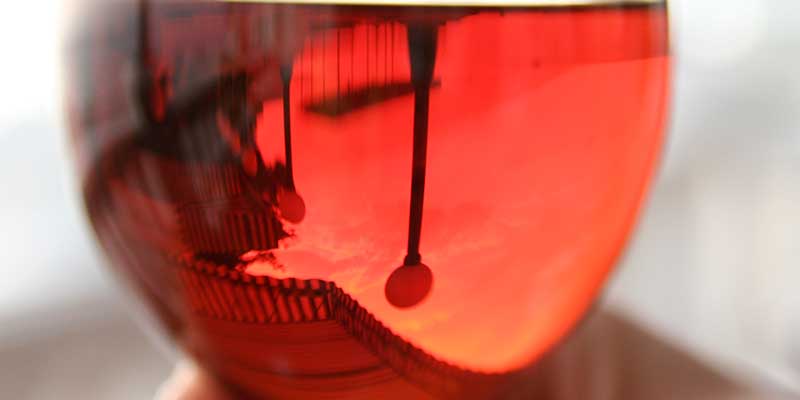
Did you know that the psychology of wine color can even affect your perception of taste? But not only this, it generates many more things, specifically, the following:
Feelings it conveys: Intensity, love, passion, glamour.
Ideas expressed: Sophistication, elegance, wealth, success, authority, mourning.
Emotions it generates: Excitement, kindness, energy.
Coral

We have left for last one of our favorite colors, so little known, but there is something about it that we are not able to determine. Why is it so attractive to us, what is the meaning of the color coral??
Feelings it conveys: Fun, security, determination, adventure.
Ideas expressed: Stability, healing, beginnings, coziness.
Emotions it generates: Happiness, joy, warmth, relaxation.





